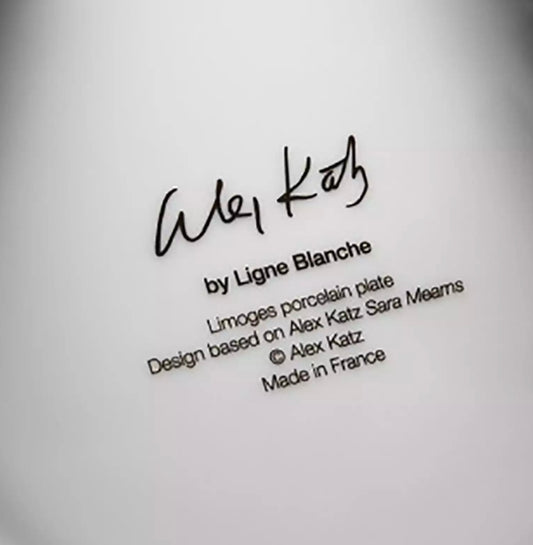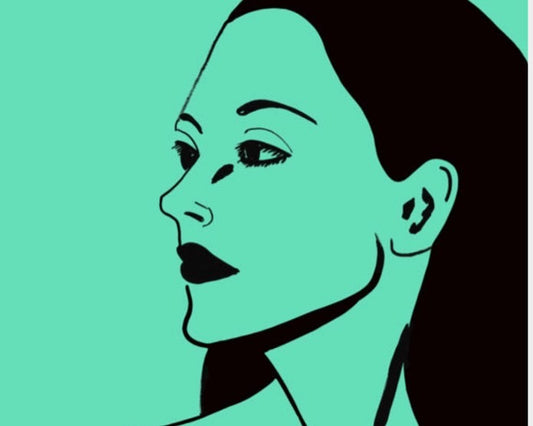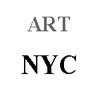


Alex Katz
Alex Katz was born in Brooklyn, New York in 1927. In 1928, at the outset of the Depression, his family moved to St. Albans, a diverse suburb of Queens that had sprung up between the two world wars. Katz was raised by his Russian émigré parents, both of whom were interested in poetry and the arts, his mother having been an actress in Yiddish Theater. Katz attended Woodrow Wilson High School for its unique program that allowed him to devote his mornings to academics and his afternoons to the arts. In 1946, Katz entered The Cooper Union Art School in Manhattan.
At Cooper Union, Katz studied painting under Morris Kantor and was trained in Modern art theories and techniques. Upon graduating in 1949, Katz was awarded a scholarship for summer study at the Skowhegan School for Painting and Sculpture in Maine, a grant that he would renew the following summer. During his years at Cooper Union, Katz had been exposed primarily to modern art and was taught to paint from drawings. Skowhegan encouraged him to paint from life, which would prove pivotal in his development as a painter and remains a staple of his practices today. Katz explains that Skowhegan’s plein air painting gave him “a reason to devote my life to painting.”
Katz’s first one-person show was held at the Roko Gallery in 1954. Katz had begun to develop a circle of acquaintances within the second generation New York School painters and their allies in the other arts. He counted among his friends the figurative painters Jane Freilicher, Fairfield Porter, and Larry Rivers, photographer Rudolph Burckhardt, and poets John Ashbery, Edwin Denby, Kenneth Koch, Frank O’Hara, and James Schuyler. From 1955 to 1959, usually following a day of painting, Katz made small collages of figures in landscapes from hand-colored strips of delicately cut paper. In the late 1950s, he made a decision to attempt greater realism in his paintings. He became increasingly interested in portraiture and painted his friends and in particular his wife and muse, Ada. Katz began using monochrome backgrounds, which would become a defining characteristic of his style, anticipating Pop Art and separating him from gestural figure painters and the New Perceptual Realism. In 1959, Katz made his first painted cutout. At first these were cut out from canvas and mounted on contoured wood; soon, he began painting them directly onto the cut wood. In the 1960s, he shifted to painting directly on shaped aluminum sheets, a practice which has continued throughout his career, forming a series of freestanding or wall-mounted portraits that exist in actual space.
In the early 1960s, influenced by films, television, and billboard advertising, Katz began painting large-scale paintings, often with dramatically cropped faces. In 1965, he also embarked on a prolific career in printmaking. Katz would go on to produce many editions in lithography, etching, silkscreen, woodcut and linoleum cut. After 1964, Katz increasingly portrayed groups of figures. He would continue painting these complex groups into the 1970s, portraying the social world of painters, poets, critics, and other colleagues that surrounded him. He began designing sets and costumes for choreographer Paul Taylor in the early 1960s, and he has painted many images of dancers throughout the years. In the 1980s, Katz took on a new subject in his work: fashion models in designer clothing.
In the late 1980s and 1990s, Katz focused much of his attention on large landscape paintings, which he characterizes as “environmental.” Rather than observing a scene from afar, the viewer feels enveloped by nearby nature. Katz began each of these canvases with “an idea of the landscape, a conception,” trying to find the image in nature afterwards. In his landscape paintings, Katz loosened the edges of the forms, executing the works with greater painterliness than before in these allover canvases. In 1986, Katz began painting a series of night pictures—a departure from the sunlit landscapes he had previously painted, forcing him to explore a new type of light. Variations on the theme of light falling through branches appear in Katz’s work throughout the 1990s and into the 21st century. At the beginning of the new millennium, Katz also began painting flowers in profusion, covering canvases in blossoms similar to those he had first explored in the late 1960s, when he painted large close-ups of flowers in solitude or in small clusters.
Beginning in 2010, Katz re-framed his subject matter, employing more drastic cropping of individual portraits. He also began composing multiple portraits using tightly cropped images of the same subject sequenced across the linen. Over the last few years, Katz has frequently begun his process by taking photographs with his iPhone, which he then prints out, cuts, and collages into compositions. From these maquettes, he may make painted studies or go straight to making a large-scale cartoon, from which he paints an oil on linen. During an extended stay in Pennslyvania from late winter through early summer of 2020, Katz made more than 50 paintings, mainly of flowers and landscapes he saw around him
Alex Katz's work has been the subject of more than 250 solo exhibitions and nearly 500 group exhibitions internationally since 1951.These exhibitions include: the Whitney Museum of American Art (1986); Brooklyn Museum of Art (1988); Staatliche Kunsthalle, Baden-Baden (1995), Instituto Valenciano de Arte Moderno, Valencia (1996); P.S. 1/Institute for Contemporary Art, New York (1997-1998); the Saatchi Gallery, London (1998); Kunst und Ausstellungshalle der Bundesrepublik Deutschland, Bonn (2002); The Jewish Museum, New York (2006); National Portrait Gallery, London ( 2010); the Albertina, Vienna (2010); Museum of Fine Arts, Boston (2012); Tate St. Ives (2012), Guggenheim Bilbao (2015), Serpentine Gallery, London (2016), The Cleveland Museum of Art (2017), Lotte Museum of Art, Seoul (2018), Tate Liverpool (2018), Museum Brandhorst, Munich (2018), Musee de L'Orangerie, Paris (2019), Fondation Louis Vuitton, Paris (2019) and the Fosun Foundation, Shanghai (2020).
The Paul J. Schupf Wing for the Works of Alex Katz, which opened at the Colby College Museum of Art in1996, presents ongoing exhibitions of its in-depth collection of Katz’s paintings, cutouts, drawings, and prints.
Katz has received numerous accolades throughout his career. Among them, Katz was inducted by the American Academy and Institute of Arts and Letters in 1988. In 1978, Katz received the U.S. Government grant to participate in an educational and cultural exchange with the USSR. Katz was awarded the John Simon Guggenheim Memorial Fellowship for Painting in 1972.
Works by Alex Katz can be found in over 100 public collections worldwide. Most notably, those in America include: Albright-Knox Museum, Buffalo; The Art Institute of Chicago; The Brooklyn Museum; Carnegie Museum of Art, Pittsburgh; Des Moines Art Center; Hirshhorn Museum and Sculpture Garden at the Smithsonian Institution, Washington, D.C.; The Los Angeles County Museum of Art; The Metropolitan Museum of Art, New York; Milwaukee Art Museum; The Museum of Fine Arts, Boston; The Museum of Modern Art, New York; The National Gallery of Art, Washington, D.C.; National Museum of American Art, Smithsonian Institute, Washington, D.C.; National Portrait Gallery, Smithsonian Institution, Washington, D.C.; Philadelphia Museum of Art; the Wadsworth Athenaeum, Hartford; and The Whitney Museum of American Art, New York. Additionally, Katz’s work can be found in the Albertina (Austria), Museum Moderne Kunst (Austria), the Ateneum Taidemuso (Finland), the Sara Hildén Art Museum (Finland), Museum Brandhorst (Germany), the Bayerische Museum (Germany), Fondation Louis Vuitton (France), Israel Museum, the Metropolitan Museum of Art (Japan), Berardo Collection (Portugal), the Museo Nacional Centro de Arte Reina Sofia (Spain), IVAM Centre Julio Gonzalez (Spain), the Nationalgalerie (Germany), and the Tate Gallery (England), among others.
We have more collections.
Price Inquiry
theartnyc@gmail.com
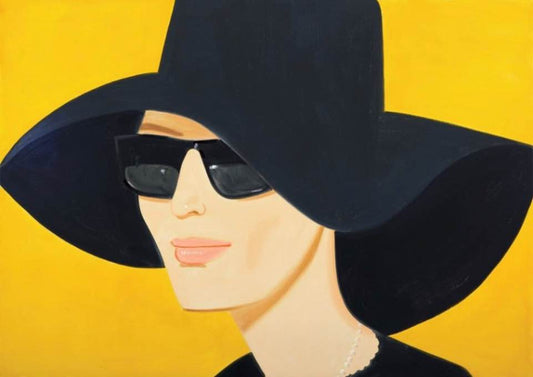 Sold out
Sold out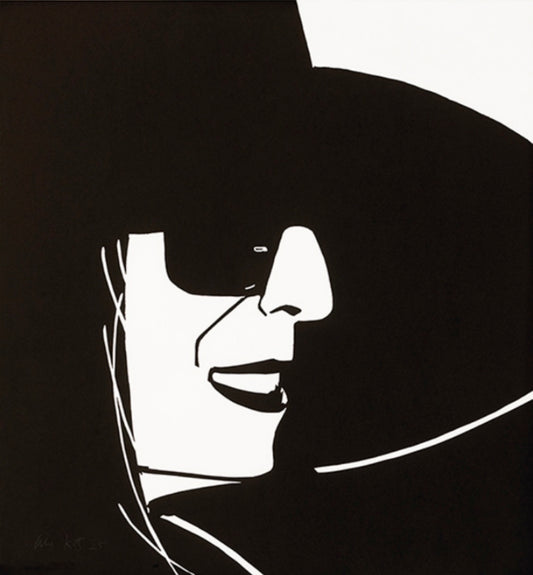 Sold out
Sold out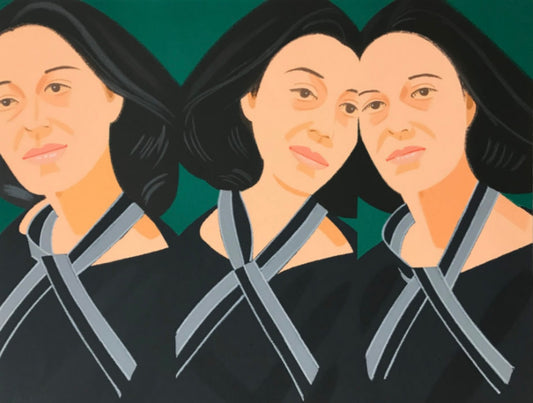 Sold out
Sold out
 Sold out
Sold out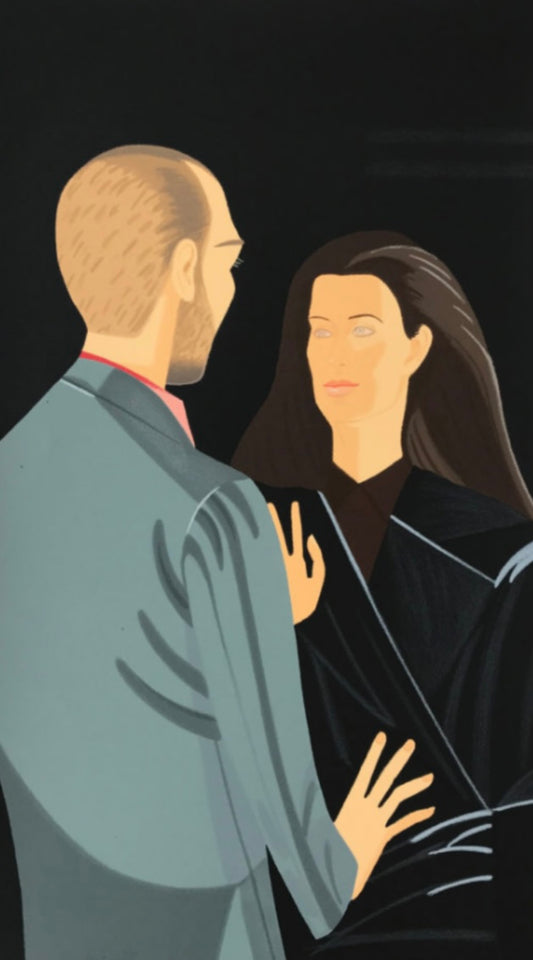 Sold out
Sold out
 Sold out
Sold out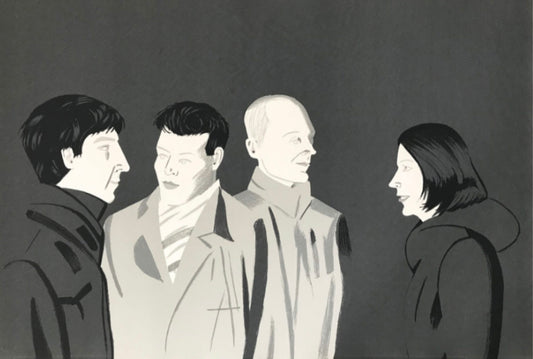 Sold out
Sold out
